 PDF(3)
PDF(3)
 PDF(6)
PDF(6)
Silicon nitride (Si3N4) ceramics are a novel category of structural ceramics, exhibiting both high reliability and economy value due to their unique physical and chemical properties. However, their strong covalent bonds make densification challenging, and phase transition control remains an issue. In this study, high temperature and high pressure (HTHP) sintering was utilized in combination with MgO-Y2O3 binary additives (mass ratio Si3N4∶MgO∶Y2O3 = 94∶3∶3) to achieve a synergistic sintering process involving both high pressure and liquid-phase formation. The effects of binary sintering additives on the sintering process, phase transition behavior, microscopic morphology and mechanical properties of Si3N4 under high pressure were systematically investigated by designing a two-layer comparative experimental assembly to ensure the same sintering temperature. The results show that the MgO-Y2O3 promotes the
The investigation of mechanical response characteristics of nanocrystalline metallic materials under extreme high-pressure conditions possesses significant scientific importance and engineering value. Using a diamond anvil cell combined with synchrotron radiation X-ray diffraction techniques, the mechanical behavior of palladium (Pd) with an average grain size of approximately 10 nm under static high pressure was studied. Within the investigated pressure range (0−111 GPa), the crystal structure of palladium remained stable. Analysis of diffraction peak positions and full width at half maximum (FWHM) at each pressure point enables determination of unit cell volume, grain size, and microscopic strain under high-pressure conditions. Fitting with the third-order Birch-Murnaghan equation yields bulk modulus of 288 GPa (hydrostatic) and 290 GPa (non-hydrostatic), and the yield strength is approximately 20 GPa. In addition, by integrating existing literatures, this study systematically explored the influence of size effects on mechanical properties. The yield strength of Pd progressively increases with decreasing grain size, exhibiting a 300% enhancement compared to Pd nanofibers. These findings provide crucial data for the structural design and application of nanocrystalline Pd under extreme conditions.
As an important type of powder metallurgy products, tungsten carbide-cobalt (WC-Co) cemented carbides are widely applied in numerous industrial fields. Traditional sintering methods suffer from high sintering temperatures, long sintering times, and grain coarsening, which make it difficult to meet the requirements for the preparation of high-strength fine-grained cemented carbides. In this study, the sintering behavior of the sub-micron WC-5Co (with a mass fraction of cobalt of 5%) cemented carbides was investigated using the high-temperature and high-pressure (HTHP) method. The experimental results show that the sintered body can achieve a relative density of 99.4% and a Vickers hardness value of (24.0±0.3) GPa under the treatment conditions of 5.0 GPa and 1 250 ℃, which is significantly better than that of the same composition of cemented carbides prepared by spark plasma sintering (SPS) and vacuum sintering methods. In comparison with the commercial cemented carbides with the same initial powder, the average grain size of WC in the sintered samples under high-temperature and high-pressure conditions is reduced by about 36%, and the Vickers hardness is increased by about 10%. In comparison with traditional sintering methods, the HTHP sintering method effectively reduces the sintering temperature, shortens the sintering time, and enhances sintering efficiency. Moreover, high pressure can effectively inhibit the abnormal growth of the WC grains during solid-state sintering. During liquid-phase sintering (at 1 450 ℃), an increase in sintering pressure results in significant refinement of the WC grains. When the sintering pressure is increased from 3.0 GPa to 5.0 GPa, the Vickers hardness of the samples is increased by about 7%.
Carbon monoxide (CO), as a prototypical low-
To study the influence of high-temperature-impact dual-cycle cumulative damage on the dynamic mechanical characteristics of granite, specimens with a height-to-diameter ratio of 0.8 were subjected to high-temperature cycling treatments at 100, 300, and 500 ℃ for 2, 4, and 6 cycles, respectively. The P-wave velocities before and after treatments were measured. Constant-amplitude cyclic impact tests under gas pressures of 0.25, 0.30, and 0.35 MPa were conducted using a split Hopkinson pressure bar (SHPB) system. The effects of temperature, high-temperature cycles, impact gas pressure, and impact cycles on the dynamic behavior of granite were systematically investigated. Based on Lemaitre’s continuum damage constitutive model and the strain equivalence principle, cumulative damage factors for high-temperature and impact cycles were defined, and the critical dual-cycle cumulative damage factor was analyzed. Results indicate that with increasing initial high-temperature cumulative damage and impact gas pressure, the crack morphology of granite during the first impact evolved from single cracks to complex crack networks with increased connectivity, while peak stress decreased and peak strain increased. Significant variations in peak stress and strain were observed between the first and final impacts during cyclic loading. The influence of factors on the cumulative impact damage under high-temperature cycling followed the order: impact gas pressure>temperature>number of high-temperature cycles. The critical high-temperature-impact cumulative damage factor was determined to range between 0.625 and 0.676. These findings provide theoretical support for safety assessment in deep underground resource extraction.
To investigate the dynamic mechanical properties of early-age concrete-mudstone composites under impact loading, split Hopkinson pressure bar (SHPB) tests integrated with a high-speed camera were conducted on composite specimens with curing ages of 1, 3, and 7 d. Digital image correlation (DIC) technology was employed to analyze the evolution of displacement and strain fields, systematically revealing the dynamic damage and failure characteristics of the composites. The test results indicate that as the strain rate increases, the composite specimens exhibit significant strain rate dependence across all curing ages, and their dynamic strength growth follows a logarithmic function model. The energy dissipation density increases linearly with incident energy. DIC measurements show that the maximum surface displacements of the 1, 3, and 7 d specimens are 1.564, 1.196, and 0.924 mm, respectively, with corresponding maximum strains of 1.886%, 1.352%, and 1.184%. This study elucidates the dynamic mechanical behavior and damage-failure mechanisms of early-age concrete-mudstone composites under impact loading, providing a theoretical foundation for damage prevention and control in surrounding rock-initial support structures during tunnel blasting construction.
Shelter layers, recognized as a critical component in modern military defense systems, are designed to protect strategically important rear assets. Given the prevalent application of block stones as primary filling materials in these protective structures, comprehensive investigations into their fundamental ballistic resistance mechanisms and practical performance optimization have become increasingly crucial for defense engineering. Therefore, the dynamic fragmentation behavior of block stones under high-velocity projectile impact was systematically simulated using discrete element spherical particles and bonded particle model (BPM) in this paper. The process of rigid projectile vertical penetration into densely packed block stone structure was numerically simulated, with the influences of block stone particle size, shape, and spatial arrangement characteristics on its anti-penetration performance being explored. The results revealed two primary energy dissipation mechanisms governing the shelter layer performance: over 90% of the kinetic energy of the projectile was dissipated through the combined effects of inter-block collisions and sliding friction during the penetration process. Meanwhile, the number of break block stones is found to be negatively correlated with the block stone particle size and positively correlated with the aspect ratio (long-to-short axis) of the block stones. Moreover, when single-sized block stones are used in a multi-layer staggered arrangement, the penetration depth of the projectile is primarily determined by the magnitude of the peak penetration resistance. Specifically, the maximum penetration resistance and the minimum penetration depth are exhibited by the scenario with circular block stones of 120 mm particle size. However, when a layered arrangement with block stone particle size gradiently decreasing along the direction of the impact face is employed, the overall blast-resistant effect of the structure is not effectively enhanced. Finally, the results of the study can provide a reference for understanding the underlying mechanism of the shielding effect of block stone structure.
In response to the practical engineering problem that the firing capacitor of electronic detonators may lose power after being impacted, which subsequently lead to insufficient firing energy and unreliable detonation, the firing time of metal bridge and bridge-wire ignition heads under different firing voltages were studied through the high-speed schlieren testing system. The influence of the initial energy input to the ignition head on the thermal decomposition stage, flame growth period, and flame duration was clarified, and the relationship between the total ignition time and the ignition voltage and ignition energy for two types ignition heads was obtained. The results show that within the range of 13−21 V, the rate of change of the total firing time of the ignition heads with voltage decreases first and then increases. As the firing voltage increases, the time reduction rates of the thermal decomposition, flame growth period, and flame duration of the metal bridge model ignition heads are 66.2%, 76.6%, and 15.0% respectively. The time reduction rates of the three stages of the bridge-wire ignition heads are 28.0%, 39.2%, and 30.0% respectively, and the firing time of each stage of the metal bridge model ignition head is shorter than that of the bridge-wire. When the ignition energy is between 1.9 and 4.9 mJ, the firing consistency and accuracy of the metal bridge model and bridge-wire ignition head will be affected. When the ignition energy is less than 1.9 mJ, the metal bridge mode ignition heads will fail to fire due to insufficient firing energy. This study provides a basis for the design of the firing margin of electronic detonators, which will reduce the misfire rate of electronic detonators in small-hole blasting.
In order to study the influence of hoop stress on the energy evolution in the process of rockburst catastrophe, a new true triaxial rockburst test system was used to carry out the rockburst simulation test of single-side rapid unloading, three-five-side force and vertical continuous loading under different circumferential stresses. The rockburst failure modes of granite samples under different hoop stresses were analyzed. Combined with the principle of energy conservation, the evolution law of individual energy in the process of rockburst catastrophe was revealed. The results show that there is an obvious energy competition evolution mechanism between dissipated energy and elastic strain energy under different circumferential stresses. The circumferential stress will significantly affect the damage degree and distribution range of the rock sample. The unloading surface of the rock sample with a circumferential stress of 178.992 MPa has the deepest damage degree. Under the action of high circumferential stress, the elastic strain energy in the rock sample releases faster after the peak point, and the development of rockburst has short-term characteristics. The conversion rate of dissipated energy is proportional to the circumferential stress, and the conversion rate of elastic strain energy is inversely proportional to the circumferential stress. From the absolute value of energy, the increase of circumferential stress will obviously increase the accumulation of elastic strain energy and the release of dissipated energy. The total energy conversion rate of the rock sample is greater than the elastic energy conversion rate, which in turn exceeds the dissipated energy conversion rate. All three parameters exhibit positive correlations with circumferential stress. The increase of the circumferential stress will obviously accelerate the conversion rates of total energy, elastic energy and dissipated energy.
In open-pit blasting project, the minimum resistance line (
To investigate the damage and failure characteristics of the double-hole blasting medium, theoretical analysis and model experiments are conducted in this study. Based on the analytical solution of the elastic plane strain problem in the double-hole blasting model, a theoretical model is established to study the evolution of the dynamic stress field during double-hole blasting. The damage of double-hole blasting with different blast hole spacing is studied by the model experiment; the damage in different regions around the blast holes is analyzed by partitioned research and fractal dimension quantification. The study shows that as the blast hole spacing increases, the super position effect of stress waves decreases, the radius of the crushing zone and the average length of the main crack gradually increase, the number of cracks decreases first and then increases. Additioanlly, the increase of blast hole spacing lead to gradual decrease of the damage along the direction of the blast hole connection, while the damage perpendicular to the direction of the blast hole connection gradually increases. Small hole spacing is conducive to the penetration of cracks between holes and promotes cracks expansion along the direction of the blast hole connection. With increasing blast hole spacing, the damage variable in the left and right regions of the specimen gradually increases, and reaches a minimum value in the central region when the blast hole spacing is 50 mm. The damage variables in area Ⅰ and area Ⅱ first decrease and then increase, while the damage variable in area Ⅲ gradually decreases. The damage variable distribution in the polar coordinate system shows that area Ⅰ exhibits a uniform damage pattern, and area Ⅱ gradually transitions from an elliptical to a circular distribution. Based on the relationship between the fractal dimension of the damage area and the damage variable, a fractal damage model for double-hole blasting of poly(methyl methacrylate) (PMMA) material is constructed.
Login in
NewsMore
- 2025 Symposium on Engineering Structure Safety and Protection (First Announcement)
- The 22nd Chinese Conference on High Pressure Science (Third Announcement)
- Notification for the Selection of the Fifth High-Pressure Science Outstanding Young Scholars
- Results of the 2024 Excellent Reviewer Selection for the Journal of High Pressure Physics
- Call for Papers for the Special Issue on Machine Learning and High-Throughput Research of Material Properties under Dynamic Loading
- Notice for the 2024 Shanghai Synchrotron Radiation Large Pressure Machine Experimental Technology Training Course
- Chinese Journal of High Pressure Physics will change from a bimonthly journal to a monthly journal starting in January 2025




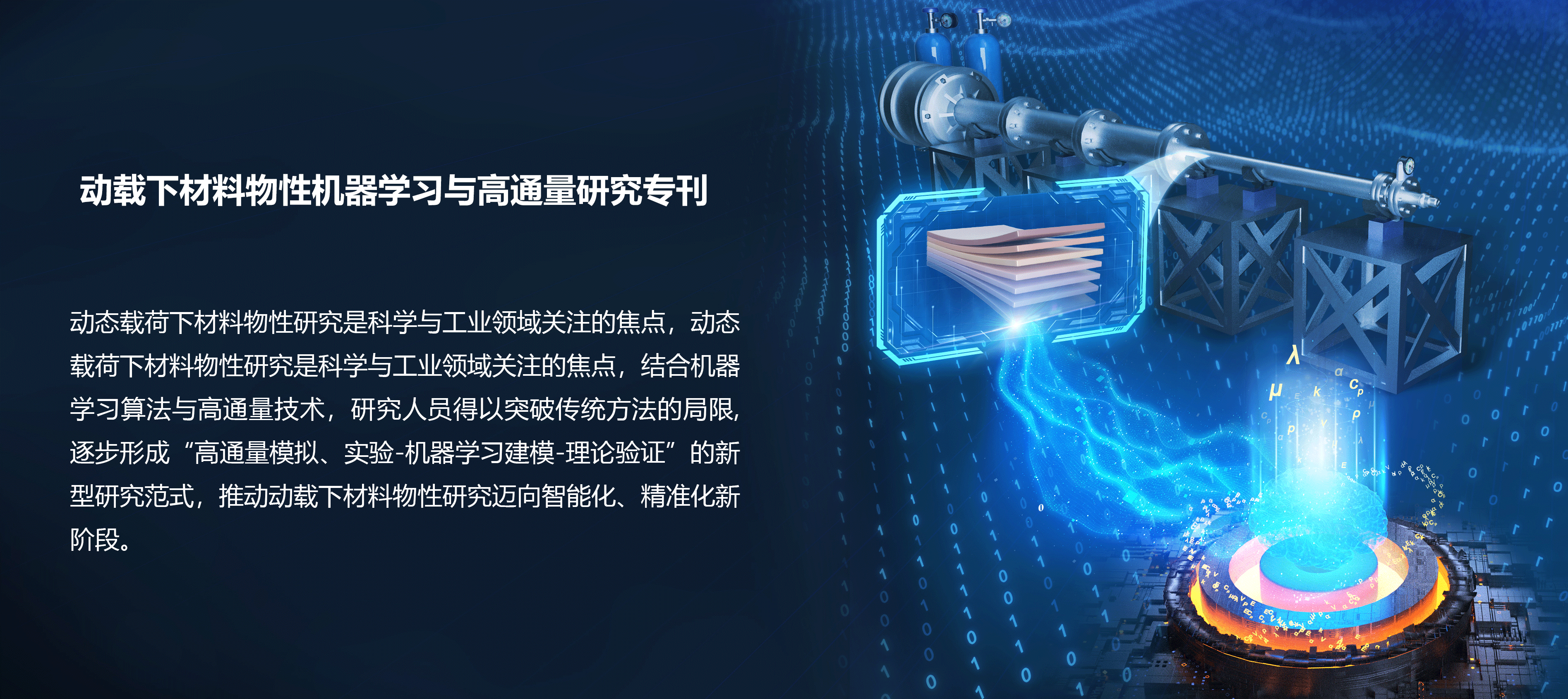
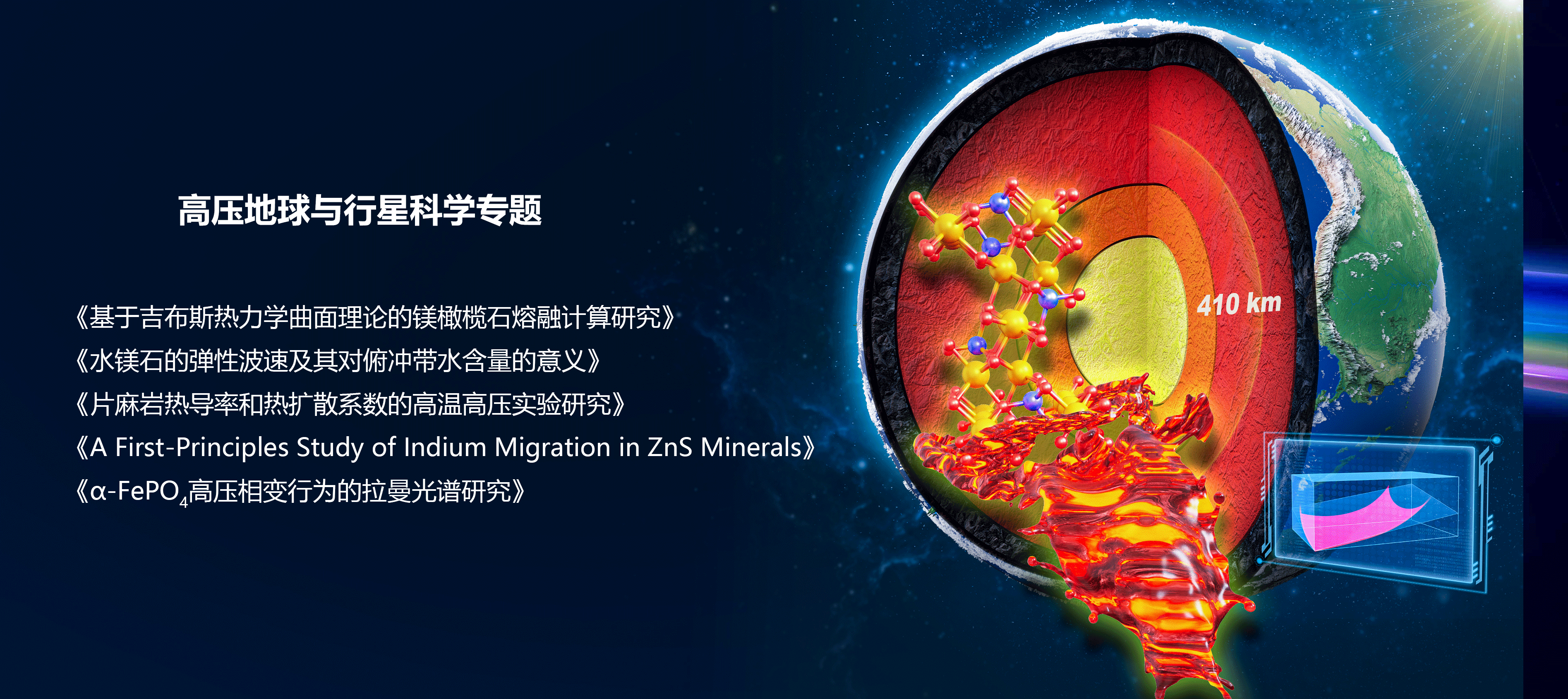
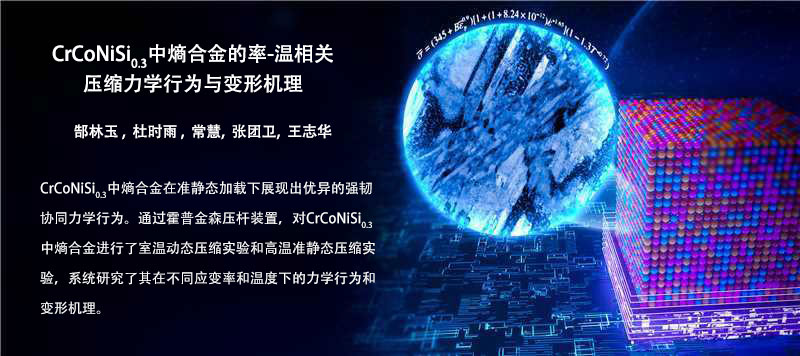
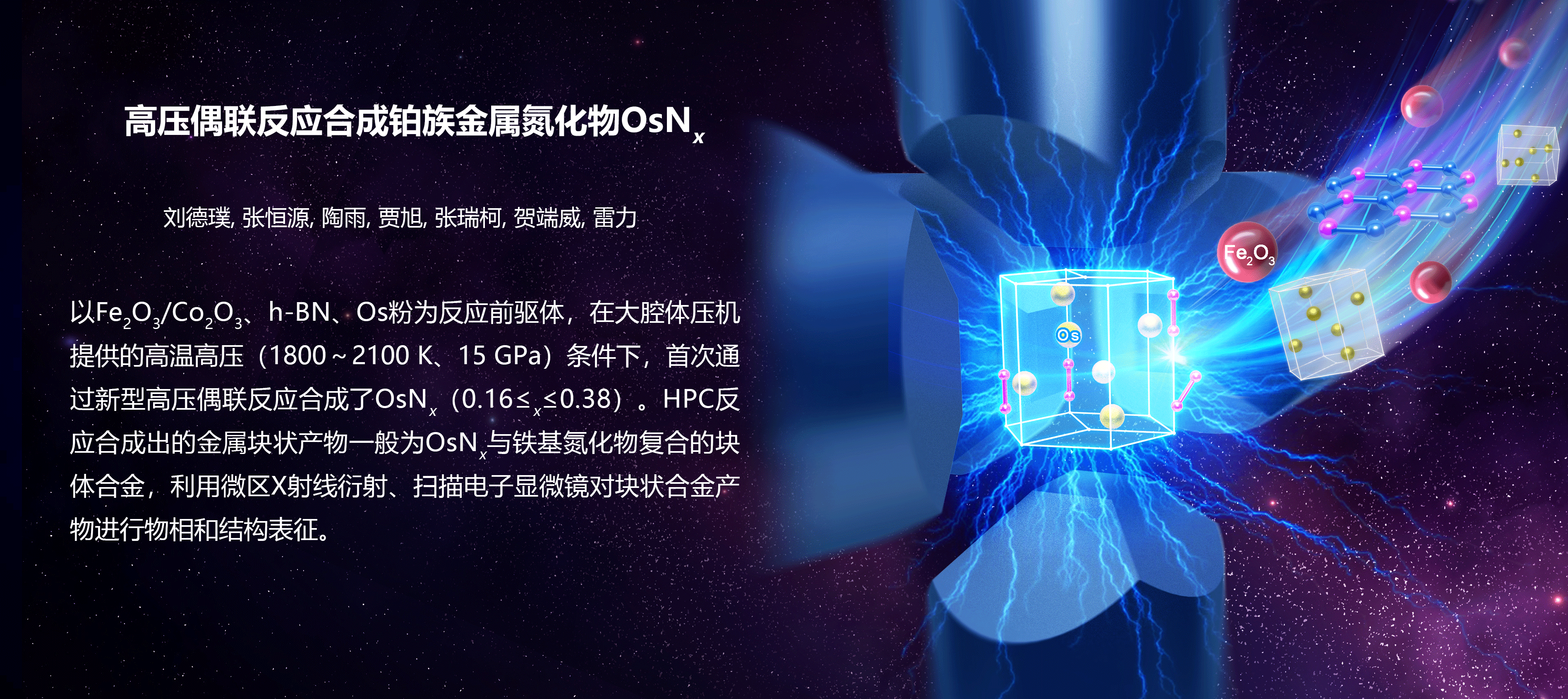



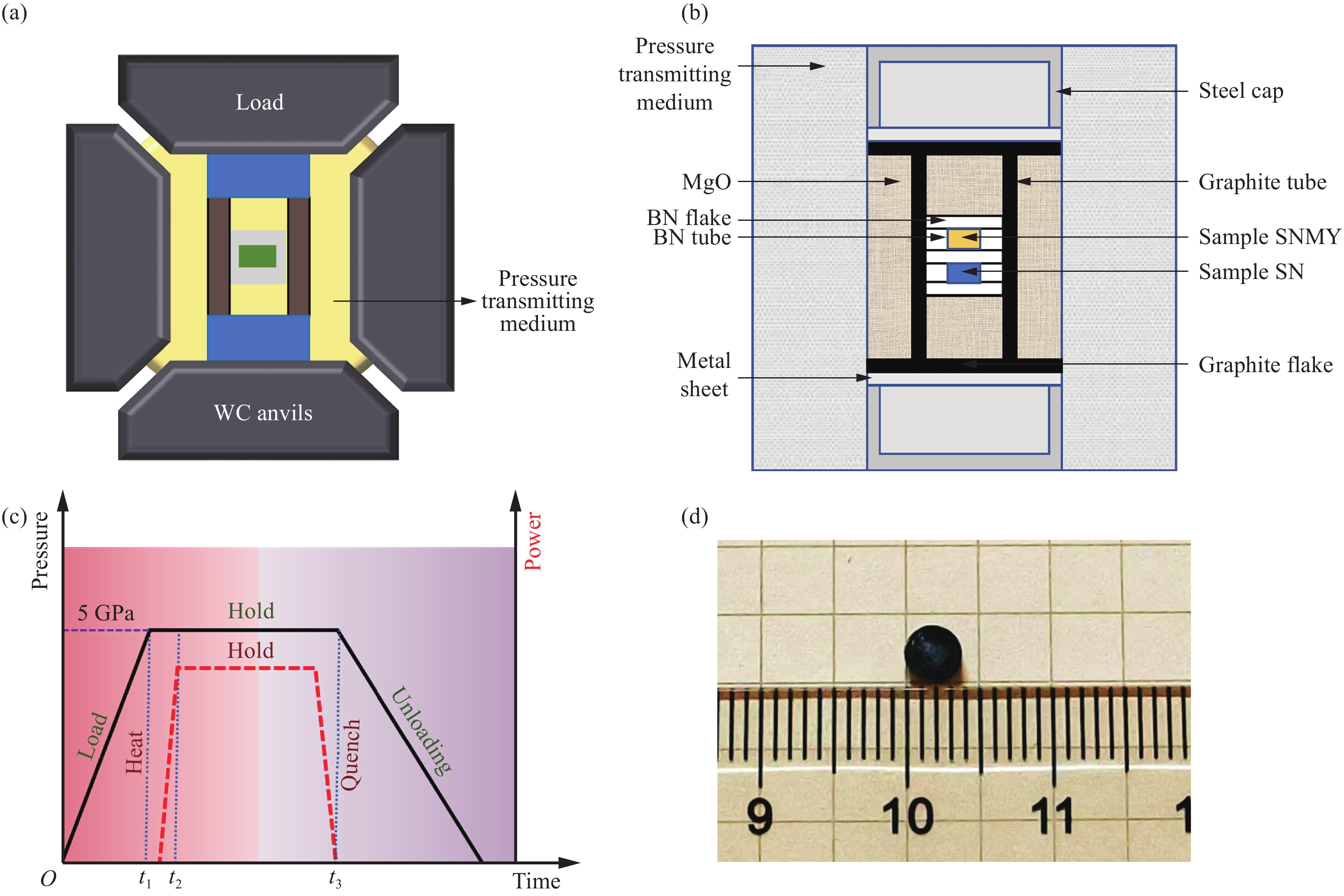
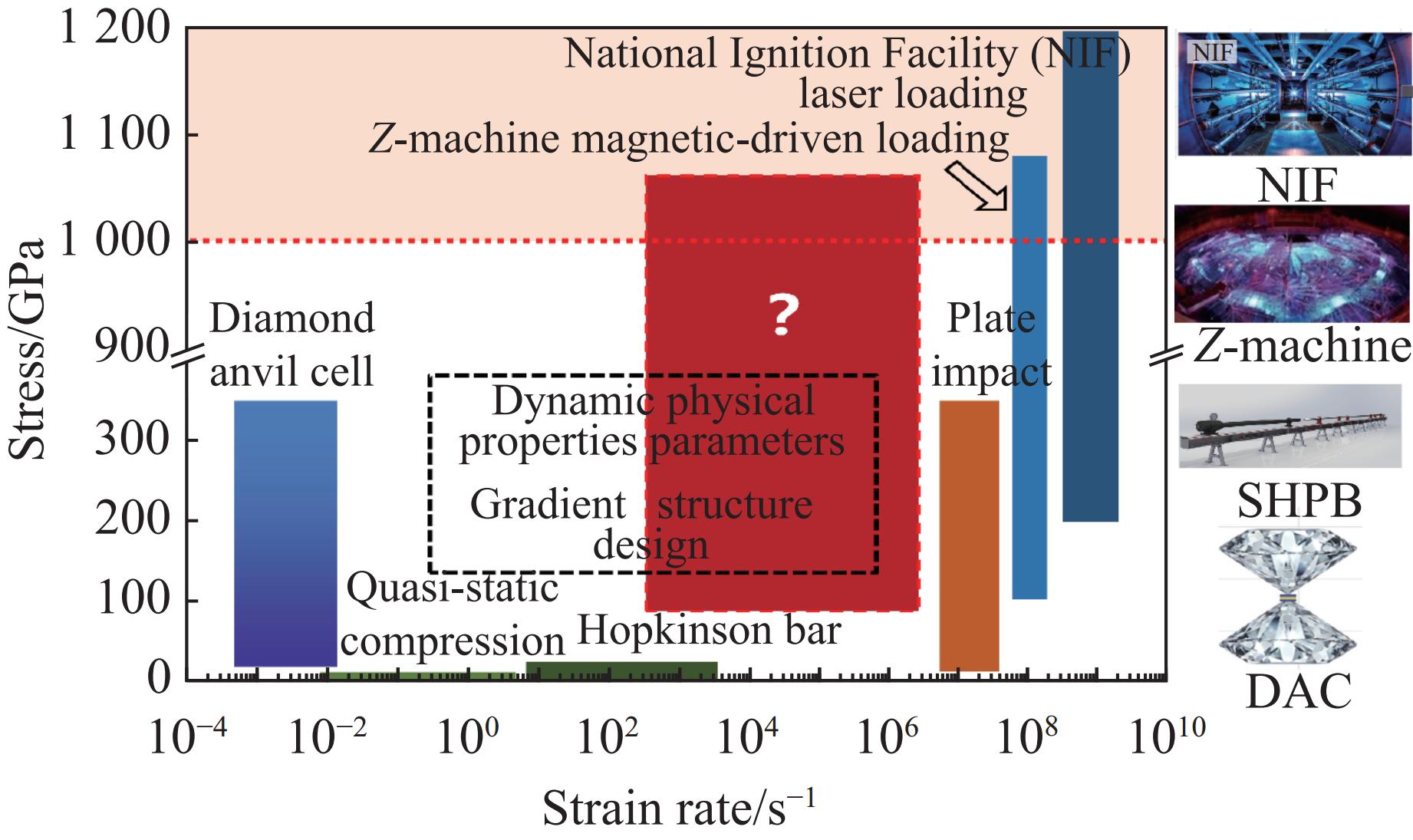
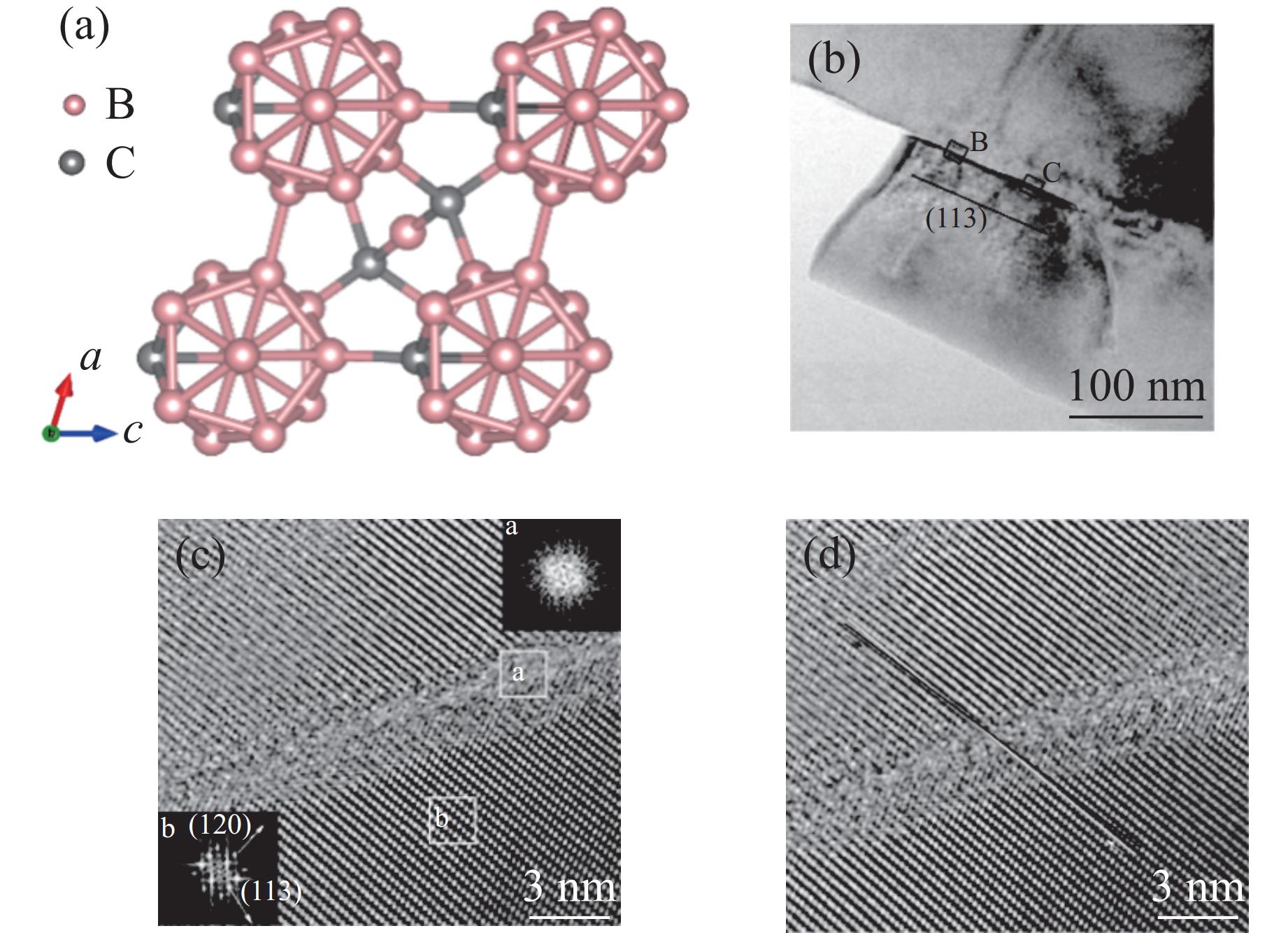
 HTML
HTML









